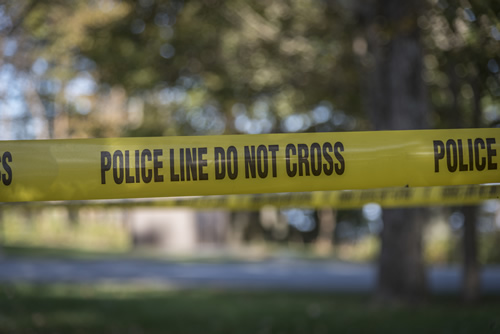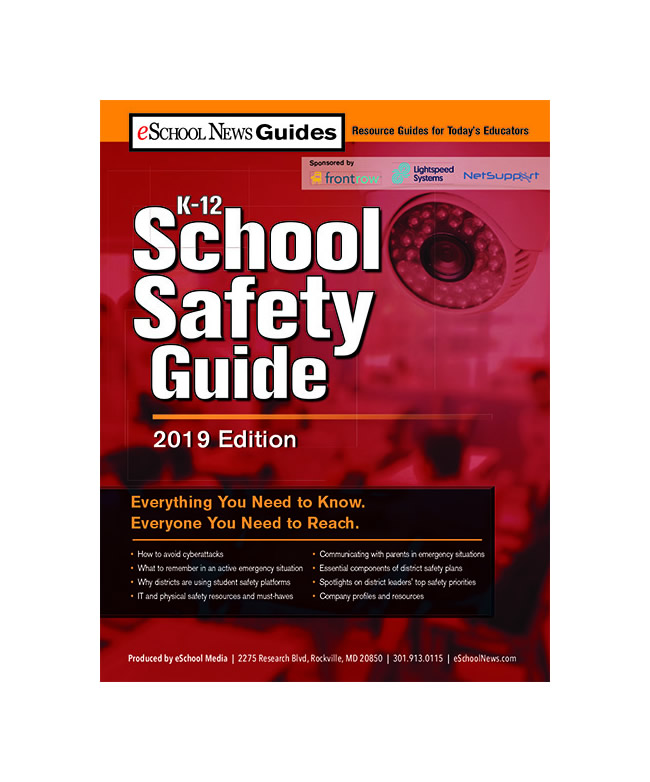We live in a time where we need to educate ourselves and our families on unfortunate events. It’s important to empower your loved ones to take action in active shooter situations, even amidst pangs of fear.
This information is designed to highlight important conceptual aspects of readiness training. The conditions that would necessitate the initiation of an emergency action plan are unpredictable and dynamic.
To determine the best course of action a variety of circumstances and factors must be considered on an individual basis. The principles of evacuation, barricade and protection are paramount to minimizing casualties. The purpose is to preconceive potential options to help determine how you could respond to danger.
Related content: 6 reasons we’re using a student safety platform
The motivations, weapons, locations, and response to a hostile event are unpredictable. Whether you are dealing with a situation involving an active shooter in a school, a disgruntled employee, a person with criminal intentions, someone in mental health crisis, or other events, there are things that can be done that mitigate violence and potentially reduce or eliminate casualties.
Related Content:
eSchool News School Safety Guide
The eSchool News School Safety Guide is here! It features strategies to help you create and maintain safe and secure learning environments, both physical and online. A new eSchool News Guide will launch each month–don’t miss a single one!
The most important aspect is having a plan of action in place. This plan is based on the aspects of getting away from harm, preventing an intruder from getting to you and being able to protect yourself or in common parlance; run, hide, fight. For this to work you need to think through the aspects of safety.
Here are 5 things to remember in the case of an active shooter.
1. Getting out of the building is only half the process. If you can exit the building, know where to go once outside. In the event of an active shooter, people should not hover in open areas where they might become a potential target if visible from the building. Certain exits might be obstructed by fences, landscaping, buildings, etc. If your only exit opens into a confined area, you should consider staying and barricading inside. It is essential to plan where they should go once outside, and where they can effectively exit.
2. Determine the ‘safer corner’ to get out of sight in a crisis. If you decide to barricade in a room the door should be locked and items stacked to hinder entry. The “safer corner” should be discussed openly. This is an area that is out of sight from internal windows and usually on the same wall as the door but in the opposite corner. People don’t always know where they can hide out of sight from the hallway windows in offices and classrooms. This unique space should be free of large objects like file cabinets and heavy desks that aren’t easily moved to accommodate the entire group.
3. Determine how to communicate any given crisis. Does your building have a public address system, alarm, mass communication network, etc.? Do you know how to use/access such systems to alert others of a threat in the building? These are questions you need to ask yourself and those in charge (such as teachers). While the common parlance is to speak plainly “Active Shooter – Lockdown –Lockdown,” there are entities that use color-coded schemes like ‘code red.’ If you are part of a group that uses these, you should reference your emergency action plan to become familiar with the expected process. Be prepared to alert others who might be unfamiliar with the code and unaware of the potential dangers.
4. Decipher how to adhere to the security protocols that are in place. Do you follow the access control process or open the door for everyone? It’s essential to analyze current security, such as initiating visitor sign-ins. If there are concerns with former employees, domestic issues with orders of protection, restraining orders, or disgruntled customers, make sure such instances are communicated to all faculty in the building. The more adherence to safety rules by everyone the more robust the security posture becomes.
5. Make sure you know how to perform basic life extending trauma in an emergency. The DHS Stop the Bleed program espouses the need for pressure, tourniquets and clotting agents. Do you understand the dire need to assist the wounded when it can be done safety to stop hemorrhaging? In a mass casualty event, 48 wounded in El Paso/36 injured in Dayton will overwhelm responding emergency teams. Keep in mind–extending the life of an injured person until help arrives is critical. It takes time for enough ambulances to arrive and to transport numbers to various hospitals, and basic trauma care can save lives.
- 5 obstacles AI can help schools overcome - April 16, 2024
- Guidance counselors could help female high schoolers erase the STEM gender gap - April 16, 2024
- How video coaching inspires teacher self-reflection - April 15, 2024


